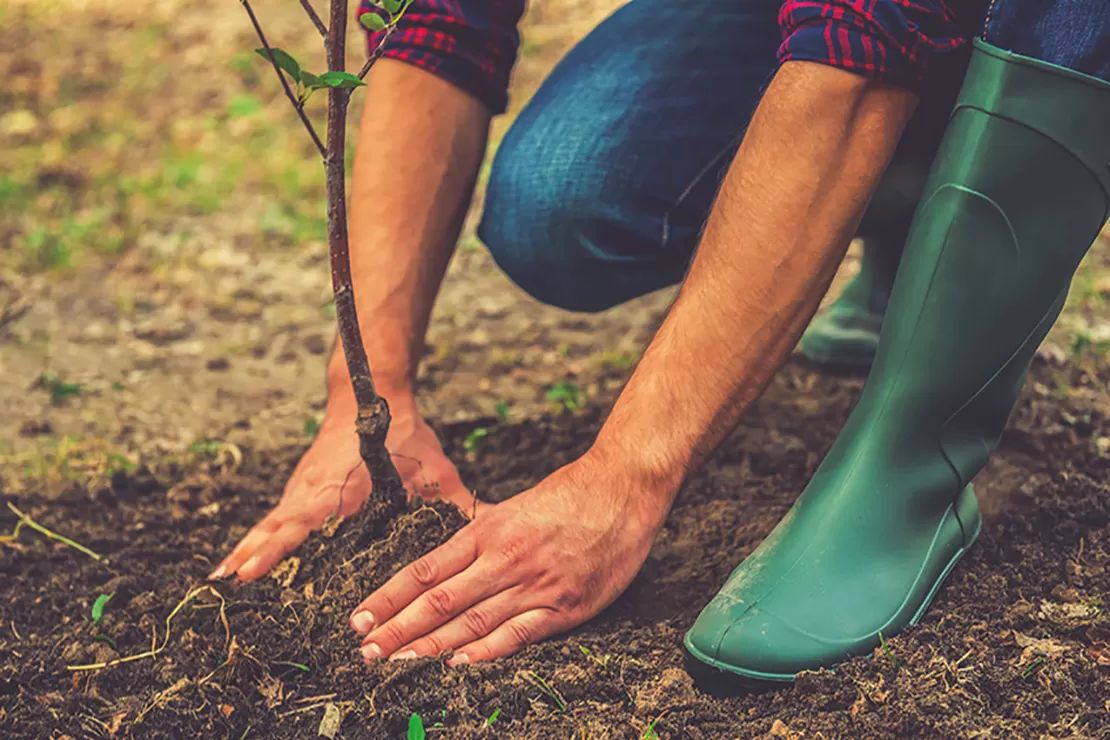
Which Is the Best Soil for Planting Trees?
Being among the most essential plant elements, soil can help determine your tree’s overall health. That’s why you need to take the right steps when embarking on this project. Today, we’ll teach you which soil is the best for planting trees.
Which Are the Different Types of Soil You Should Know About?
First, every homeowner must be aware of the many types of soil. Not only that, but you should also know that some trees need different soil to grow strong. These can depend on the various kinds of minerals and irrigation they need.
Several factors, such as texture, color, and acidity, can help you recognize these different soil types.
Generally speaking, there are six different types of soil you should keep in mind:
- Sandy soils
- Clay soils
- Chalky soils
- Silt soils
- Peat soils
- Loamy soil
Sandy Soils
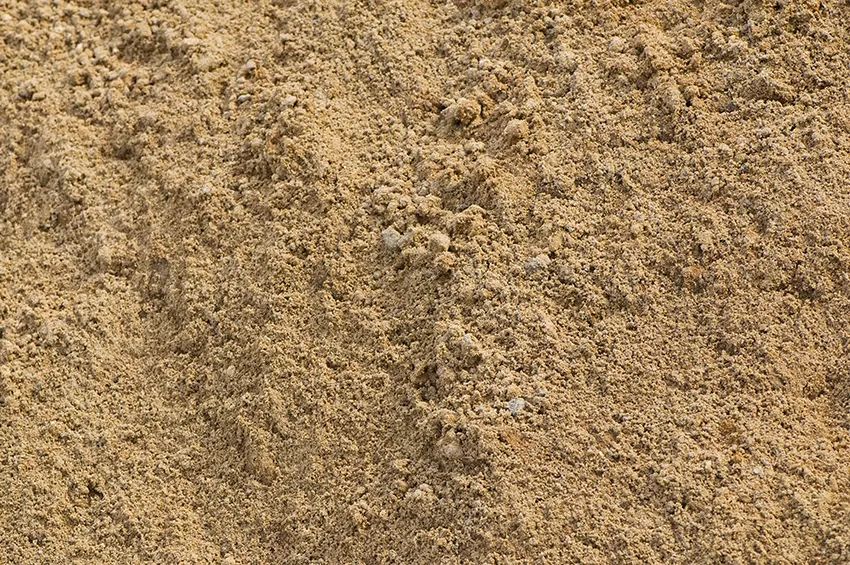
First, we have sandy soil. This soil type tends to be nutrient-poor and acidic. It’s also among the lightest and warmest soils. Due to its texture, this soil type tends to have low water retention, thus resulting in fast water drainage. However, you can work efficiently with this soil.
One way you can give plants an extra nutrient boost is by adding organic materials. This organic matter can also help give it a better water retention capacity. Moreover, remember that this type of soil dries faster in spring than other soil types.
Trees planted in sandy soils may struggle over time, sometimes requiring removal. Understanding how to plant trees helps avoid surprises if your tree doesn’t thrive.
Clay Soils
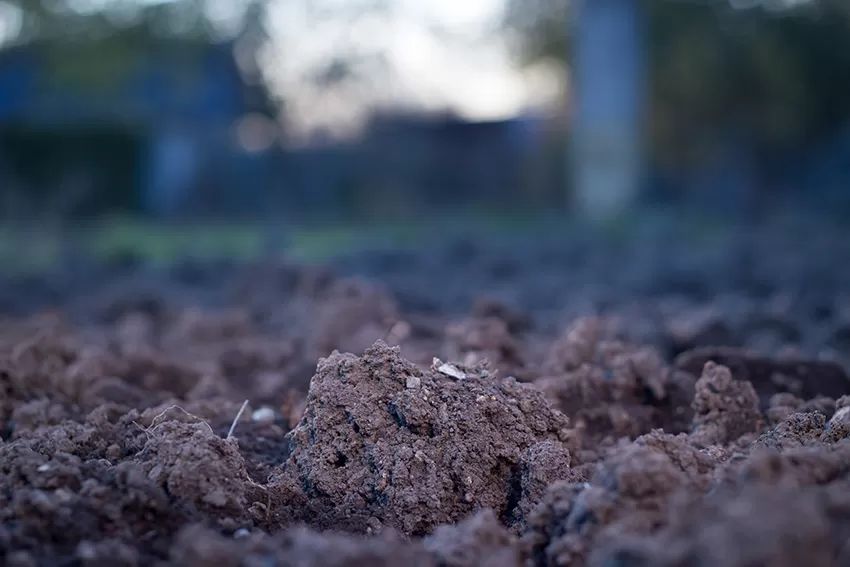
Next, there are clay soils. This soil is a heavier type that’s nutrient-rich and has lower water drainage. Also, you may notice that it’s very compact, making it hard for water and air particles to go through easily. Texture-wise, you’ll see that it’s very smooth when it’s dry and sticky when it’s wet.
Technically speaking, this soil is 25% clay particles. Because of this, it takes more time to warm up. You can recognize this type during summer days because it tends to have cracks.
If a tree in clay soil becomes too large, the way I plant it can be significant due to its size and complexity.
Chalky Soils
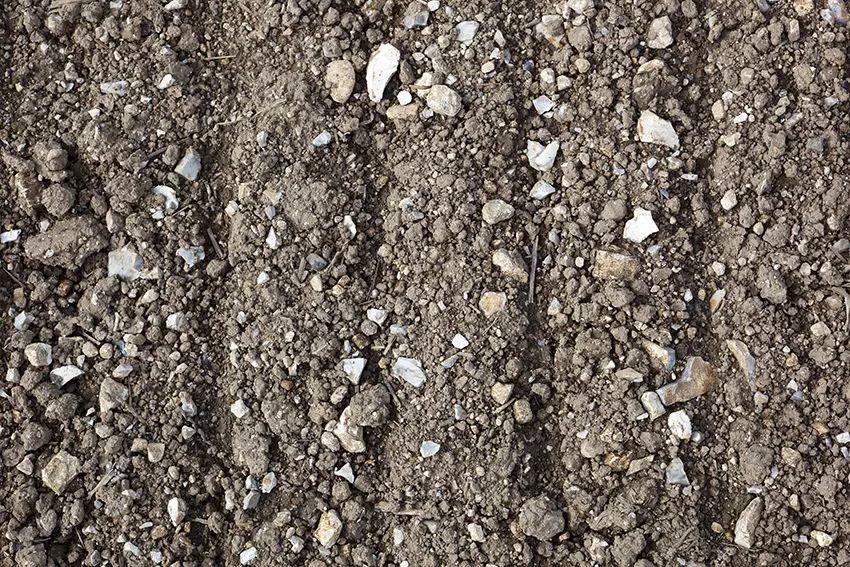
Lime-rich, or chalky, soils can be heavy or light. Made up of alkaline and calcium carbonate, this soil lacks the nutrients necessary to support some trees and shrubs. For this reason, choose a plant that can withstand alkaline conditions when having this type of soil.
One way to identify this type of soil is to locate any white lumps. Another way to add nutrients to chalky soils is to add a bit of clay soil.
In cases where trees fail in chalky soil, removal might be necessary. Be prepared for the best soil for tree planting, depending on the tree’s maturity.
Silt Soils
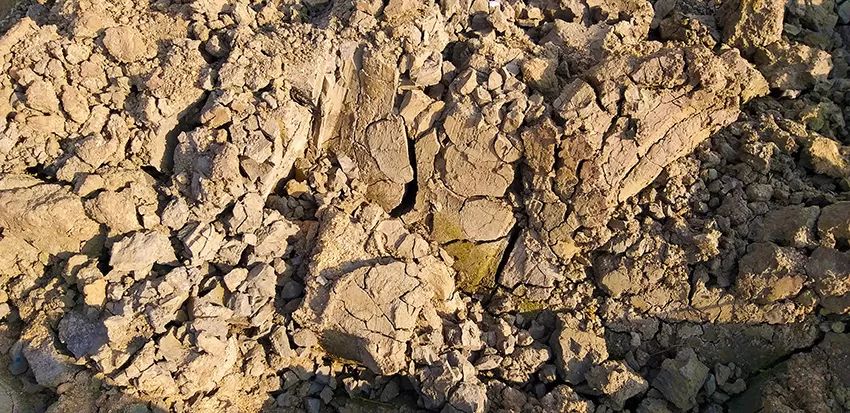
Pure silt is a rare soil type with a slippery, soapy texture that doesn’t chunk up. The particles in this soil are larger than clay particles but smaller than sand particles. Moreover, it has excellent water retention features and is one of the most fertile soils.
This type of soil can be found near water bodies such as lakes and rivers.
Peat Soils

Among the different types of soils, we also have peat soil. This kind mainly consists of organic materials and water particles. Like silt soils, it is a rare soil type that’s also among the most fertile.
Peat soils tend to be among the best options for planting trees. They provide excellent conditions for newly planted trees and young trees.
However, excessive moisture can lead to root decay. If this happens, our emergency tree removal services can help resolve hazardous situations quickly.
Loamy Soil
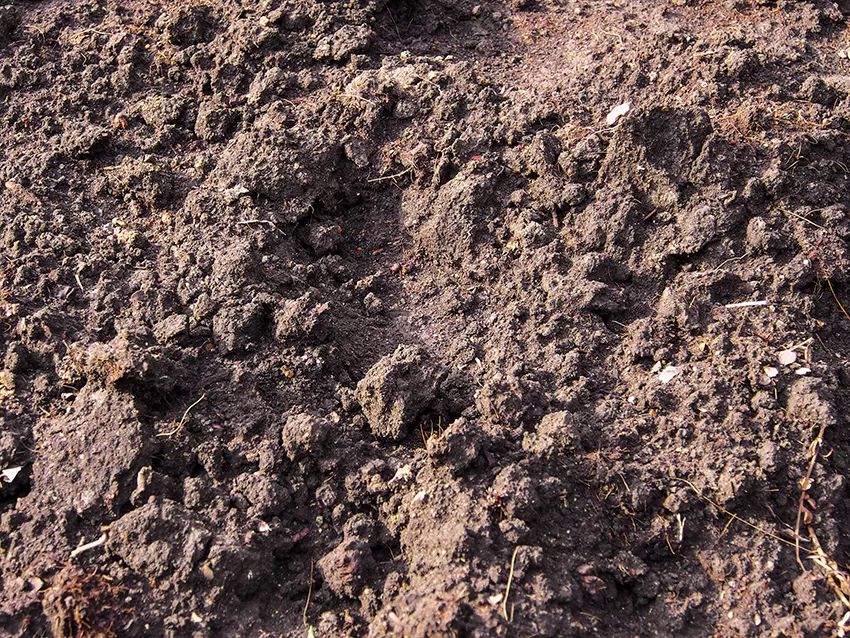
Lastly, we have loamy soil. This is a mixture of sand, silt, and clay particles. This mixture helps counteract the drawbacks of each soil type. As a result, loamy soil is fertile and drains water properly.
Loam soil grants every homeowner an affordable solution that works great for plants. Also, this type may include soil particles with high pH and calcium levels. Lastly, as you may imagine, you can make it with any existing soil you may already have. However, remember to add organic matter as well.
5 Tips on How to Prepare the Best Soil for Planting Trees
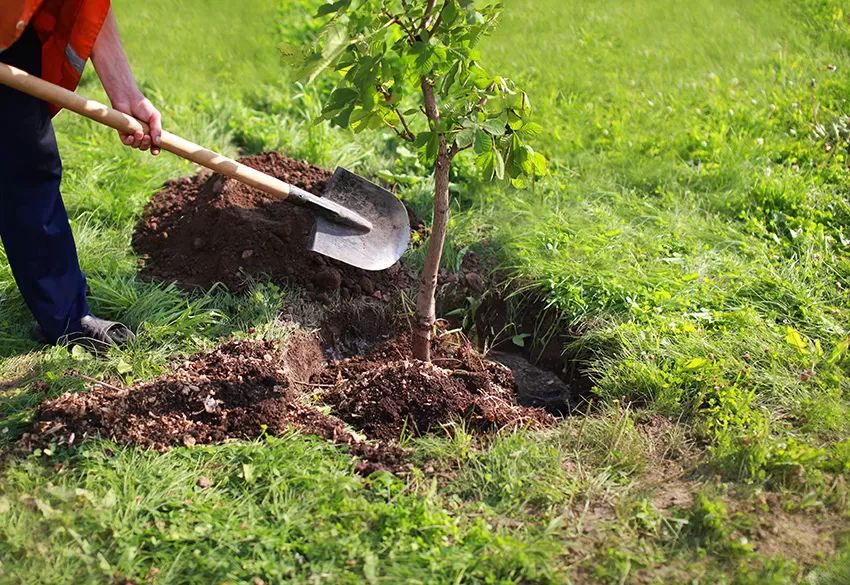
Now that you know the main soil types, it’s time to understand how to prepare the soil for your trees. If you want your trees to thrive, you must first check that they’re on the right soil type.
Follow these hacks on how to prepare the best soil for planting trees::
- Check the native soil where you will place your tree.
- Choose a healthy tree that’s fit for your soil.
- Eliminate air pockets by digging holes.
- Use a soaker hose to water thoroughly.
- Add organic materials.
Check the Native Soil of Where You’re Going to Place Your Tree
First, you’ll want to check out the soil where you plan to plant a tree. That way, you’ll be able to know to which soil type it belongs. Not only that, but it can also check out if there are any other hazards as well.
As we stated before, there are six main types of soils to keep in mind. However, when looking for the best soil for planting trees, go for silt, peat, or loamy soils. In most cases, a homeowner’s best shot is to go for loamy soils, since you can make them yourself.
Also, your tree must stay away from places that have any chemicals, such as gasoline. These chemicals can negatively affect your plant a lot. Be sure that it’s at a safe distance from your house and any other property. Lastly, verify that the spot counts on a sound irrigation system..
Choose a Healthy Tree That’s Fit for Your Soil
Now that you know your place’s soil type, it’s time to choose a healthy tree that matches that soil type. Make sure to buy a tree that’s in excellent condition. In most cases, you’ll find these trees in different presentations..
Eliminate Air Pockets by Digging Holes
After carefully selecting your tree, it’s time to plant it in your yard. First, you’ll want to prepare a hole between two and three times larger than your tree’s root mass. That way, you won’t need to pull out soil from the base of the trunk.
Also, ensure that the top of the root ball remains slightly higher than the surrounding ground level. Additionally, air pockets can be eliminated by gradually adding water while filling the hole.
Use a Soaker Hose to Water Thoroughly
Right after planting your tree, you’ll want to water it thoroughly. To achieve this, you can use a soaker hose. Be sure to water your tree every day for about two weeks. Then, you can water every two to three days. Lastly, after twelve weeks, water weekly until the roots are strong enough.
Add Organic Materials
Finally, adding organic materials—such as compost, manure, and mulch — is an excellent way to help your tree thrive. Be sure to lay mulch three inches deep around your tree without touching its trunk.
Proper tree care ensures long life, but sometimes removal is necessary. If your tree becomes a hazard or diseased, our tree stump removal service completes the job efficiently. Always consider the average when budgeting for planting trees, especially for larger or mature trees.
For more guidance, it’s essential to understand how to plant a tree correctly to ensure strong growth and long-term health.
If you’re also interested in selecting trees for specific soil conditions, explore our guide on the best trees for wet soil to ensure optimal planting success.



